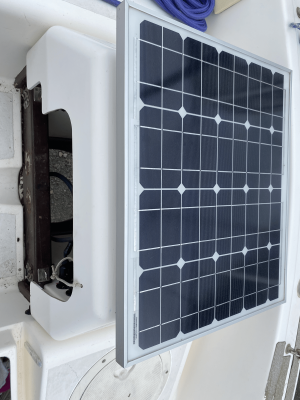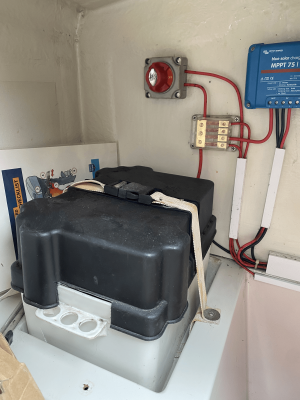Snowgoose-1
Well-Known Member
Just wondering why electric outboards are so expensive. Much less gubbins
and complexities than a petrol outboard. There are cordless garden mowers that,
price wise , compare well with petrol mowers.
and complexities than a petrol outboard. There are cordless garden mowers that,
price wise , compare well with petrol mowers.



